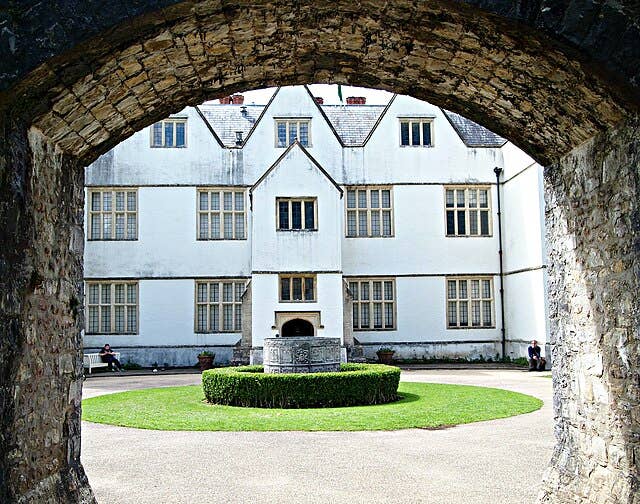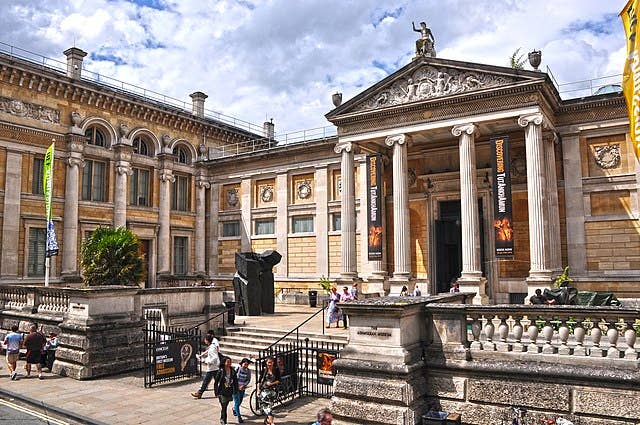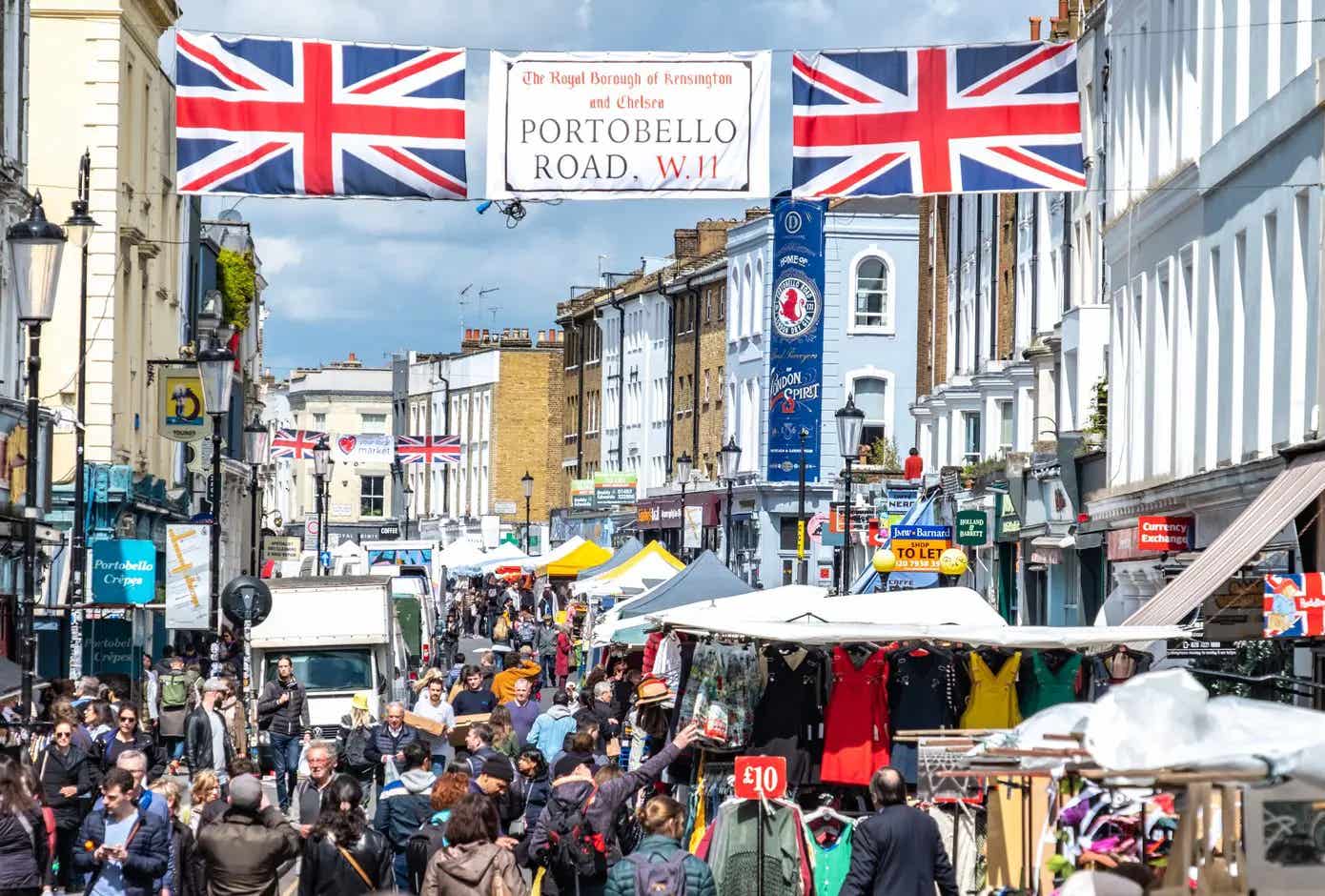Carson City coin value totals $47 million
To save a lot of time, do you happen to have the total value for all of the coins struck at Carson City?
To save a lot of time, do you happen to have the total value for all of the coins struck at Carson City?
Just happened to have these at my fingertips. Actually, it took a little searching.
Double eagles – $16,689,680
Eagles – $2,822,780
Half eagles – $3,279,085
Silver dollars – $12,660,288
Trade dollars – $4,211,400
Half dollars – $2,654,313.50
Quarters – $2,579,198
20 cents – $28,658
Dimes – $2,090,110.80
That adds up to be $22,791,545 in gold, $24,223,968.30 in silver and a grand total of $47,015,513.30 in face value for more than 56 million coins.
Has anyone compiled percentages of existing examples of old series of coins?
Walter Breen cites a few figures: An estimated 3 to 6 percent of the large cents survived, 4 to 8 percent of the early silver and 0.02 to 2 percent of the half cents. Any such figures have to be classed as estimates as there is no known way of determining exact numbers.
Do you have the dates when the Mints stopped striking silver coins and started striking the different clad coins?
Silver dimes: Philadelphia, November 1965; Denver, Feb. 14, 1966
Clad dime start: Philadelphia, December 1965; Denver, March 1966
Silver quarters: Philadelphia, July 1965; Denver, November 1965; San Francisco (no mintmark), January 1966
Clad quarter start: Philadelphia, August 1965; Denver, December 1965
90 percent silver halves: Philadelphia, April 1966; Denver, December 1965
Clad (40 percent silver) half start: Philadelphia, May 1966: Denver, Dec. 30, 1965
Why did the nickel and half dime circulate at the same time?
The half dime of 1794-1873 was silver. Before the Civil War many silver coins were shipped out of the country to be melted, or were hoarded during the Civil War, and for all practical purposes the half dime did not circulate then. The nickel was intended to relieve the coin shortage and was used to phase out the Civil War fractional paper money.
Most references list the half dime production as beginning in 1794, but there are those who claim that the 1792-dated coins are business strikes and not patterns as listed. Why the argument?
Depending on the source, either 1,500 or 2,000 pieces were struck in 1792. Many saw circulation and are heavily worn. Those who argue that they were intended to circulate cite Washington’s letter in which he states, “There has been a small beginning in the coinage of half dimes, the want of small coins in circulation calling the first attention to them.”
Back in the days of visual inspection of struck coins, what percentages of gold and silver coins were rejected?
One set of figures I found shows that at Philadelphia just over 90 percent of the double eagles passed inspection, and the figure for the Peace dollars was just under 90 percent. However, from the ingot to the struck coin, the rejection rate was much higher. Only 32.4 percent of the gold coins, 36 percent of the subsidiary silver and 51 percent of the silver dollars passed muster. The high rejection rate reflects the return of below- or above-standard weight planchets to be melted down and recast into ingots.
Why can’t I find an exact figure for the mintage of the 1823 large cents? You show it included in the 1824 mintage.
We use the same inclusive figure as is found in most reference works for 1824 in all our publications and catalogs, which includes all 1823-dated mintage, as this is the best available figure based on extensive research into the Mint records. The early records were frequently confused, including two or even three years of production in a lump sum, or including coins struck with dies for any of several years, so it is impossible to go beyond the generally accepted figures.
More Coin Collecting Resources:
• Subscribe to our Coin Price Guide, buy Coin Books & Coin Folders and join the NumisMaster VIP Program






